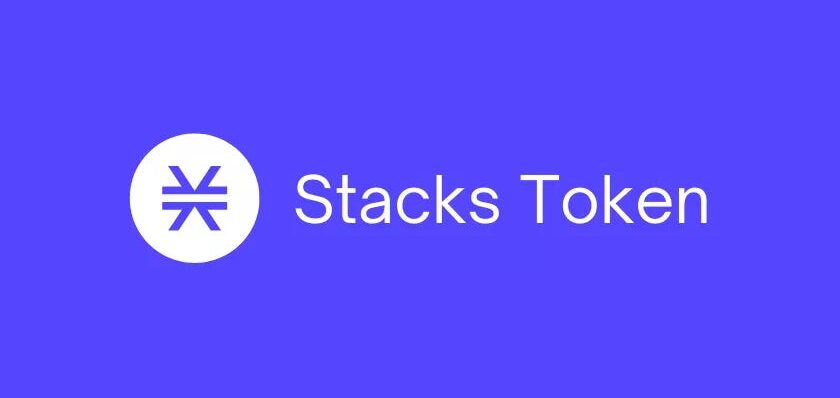Stacks Network Faces Major Disruption Amidst Bitcoin Reorg
Stacks, a layer-2 scaling network designed to enhance Bitcoin’s capabilities by enabling smart contracts, decentralized applications (dapps), and NFTs, encountered a significant disruption last Friday. The block production on Stacks came to a halt for nearly nine hours, causing ripples through the ecosystem and a notable drop in the STX token price. This incident was attributed to a Bitcoin reorganization (reorg) and unexpected miner behavior, showcasing the complexities and interdependencies of blockchain networks.
Table of Contents
The Incident: An Overview
On June 14, 2024, the Stacks network experienced an unprecedented delay in block production. The official Stacks Status Twitter (now known as X) account cited unexpected mining behavior combined with a Bitcoin reorg as the cause of the delay. This announcement was quickly followed by a 12% drop in the STX token price, reflecting investor anxiety over the network’s stability and prospects.
Bitcoin Reorg and Its Implications
Bitcoin reorganizations are relatively rare events where previously confirmed blocks are invalidated. These events can have significant ramifications for applications and scaling networks like Stacks that build on top of Bitcoin. In this instance, the Bitcoin reorg disrupted Stacks’ block production, leading to a prolonged outage and increased scrutiny of the network’s resilience.
The Role of Miners
“Unexpected miner behavior” was highlighted as a contributing factor to the block production delay. This term typically refers to issues such as miners not updating their software promptly or failing to coordinate effectively in response to network changes. Such operational or technical missteps among miners can lead to significant disruptions, as evidenced by the nine-hour block production stoppage on Stacks.
Impact on STX Token and Investor Sentiment
The nine-hour halt in block production had an immediate impact on the STX token, with its price plummeting by 12% to $1.90. This drop underscores the sensitivity of investor sentiment to network stability issues and the broader implications for the Stacks ecosystem.
Efforts to Restore Normalcy
In response to the disruption, Stacks’ core developers have been working diligently to resolve the issue and prevent similar incidents in the future. Muneeb Ali, co-creator of Stacks, pointed out that the upcoming Nakamoto upgrade, which focuses on a new consensus mechanism, is designed to address these vulnerabilities and improve network resilience.
Nakamoto Upgrade: A Path to Resilience
The Nakamoto upgrade is a significant overhaul of the Stacks network, aiming to decouple block production from the Bitcoin blockchain and introduce a new consensus mechanism called “proof-of-transfer.” This update is expected to dramatically increase the speed and scalability of the Stacks network, reducing block times and enhancing the overall user experience.
The Future of Stacks and sBTC
In addition to improving block production, the Nakamoto upgrade will pave the way for the introduction of sBTC, a trust-minimized bridge designed to facilitate the integration of BTC into the Stacks ecosystem. This development is anticipated to stimulate the growth of the Stacks DeFi economy further, making it one of the most mature in the Bitcoin space.
Conclusion: Learning from Disruption
The recent block production halt on the Stacks network is a stark reminder of the challenges and complexities inherent in blockchain technology. While the incident exposed vulnerabilities, it also highlighted the commitment of the Stacks team to enhance network resilience and scalability. With the impending Nakamoto upgrade, Stacks is poised to address these issues and continue its mission to bring advanced functionalities to the Bitcoin network, reinforcing its position as a leading layer-2 scaling solution.



